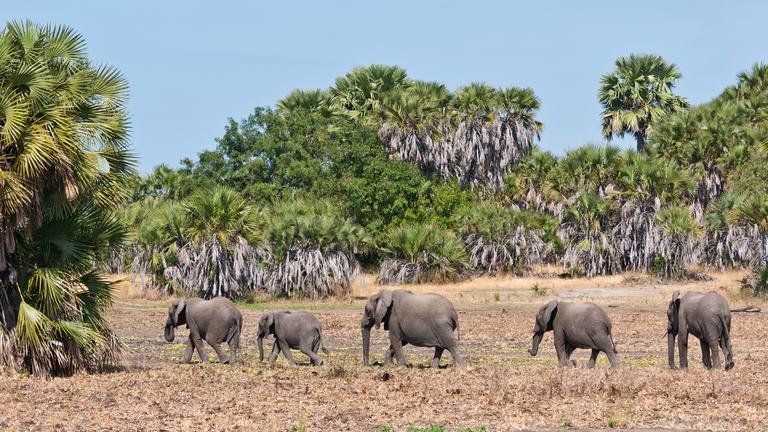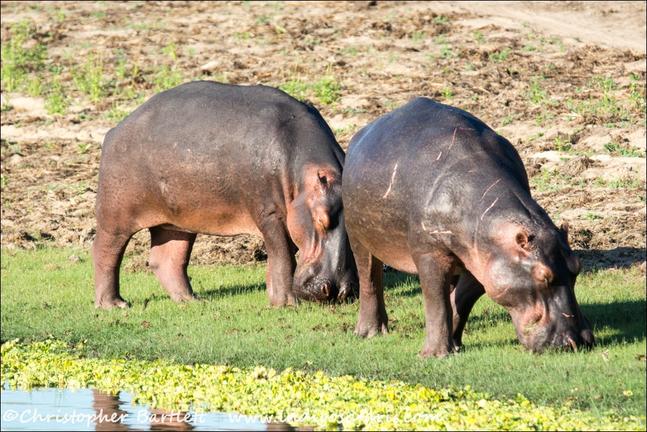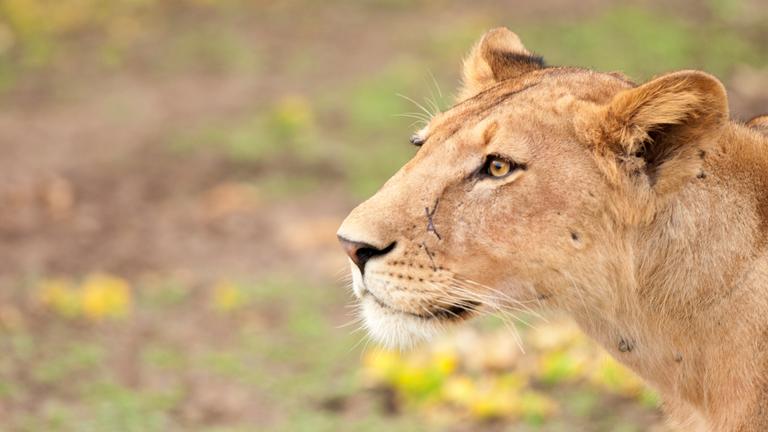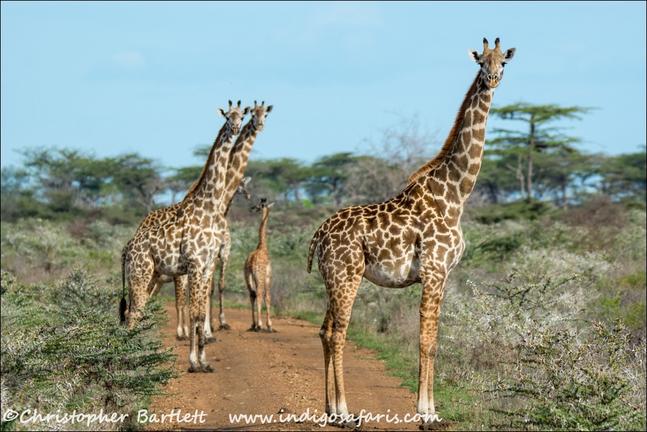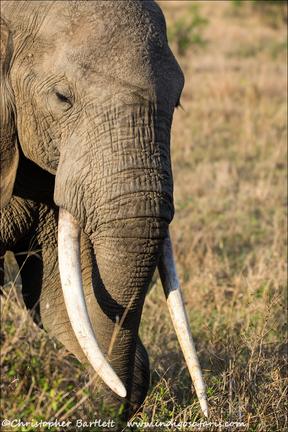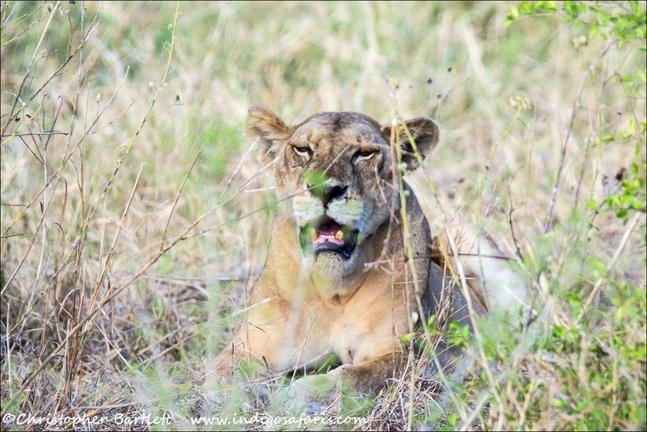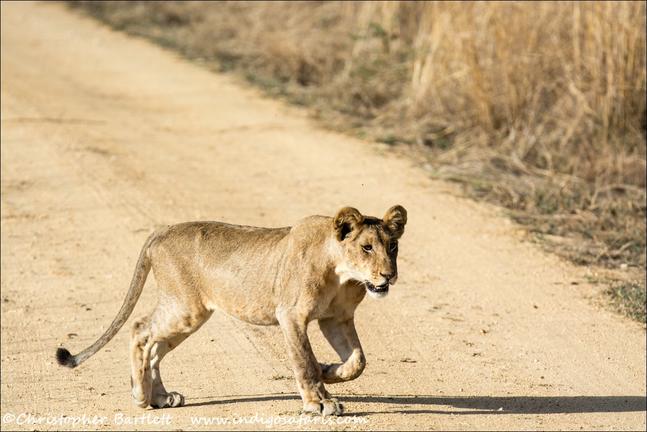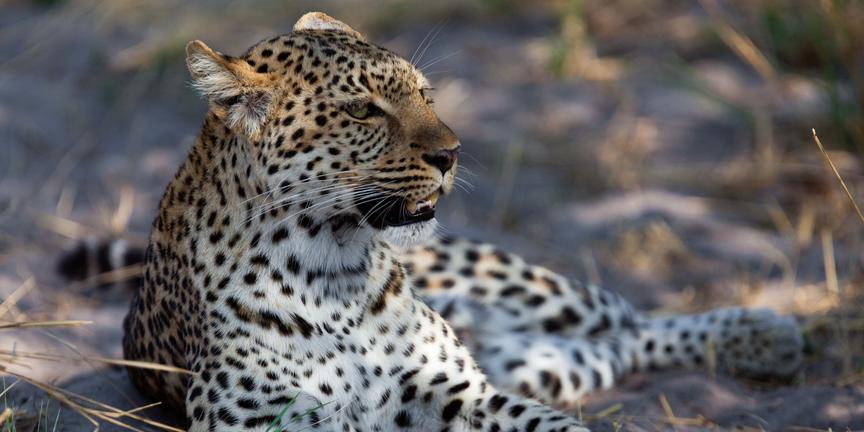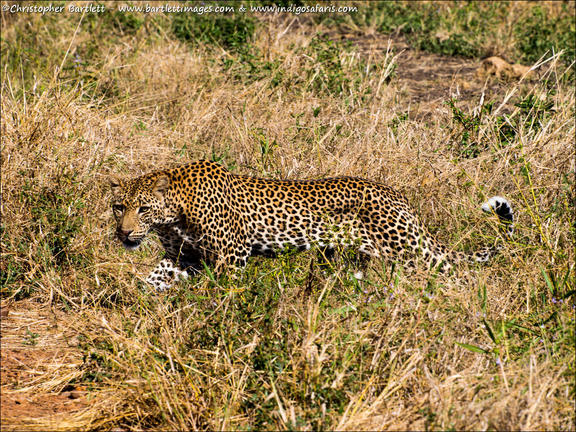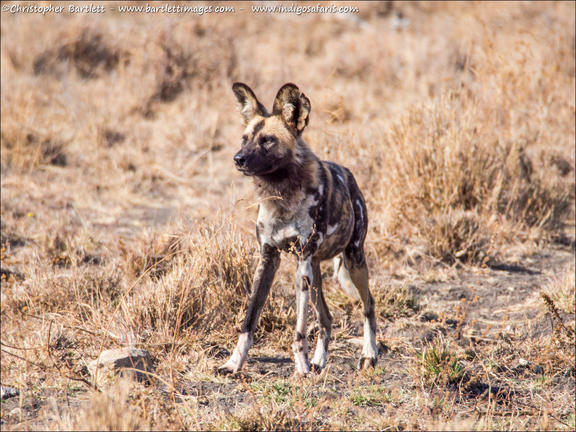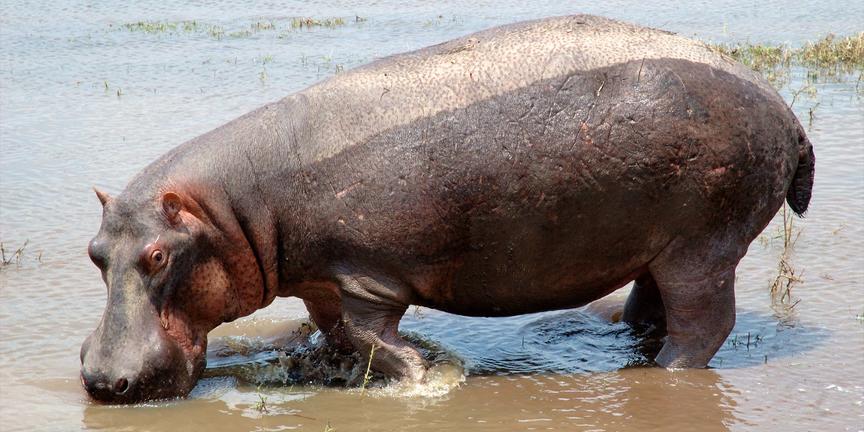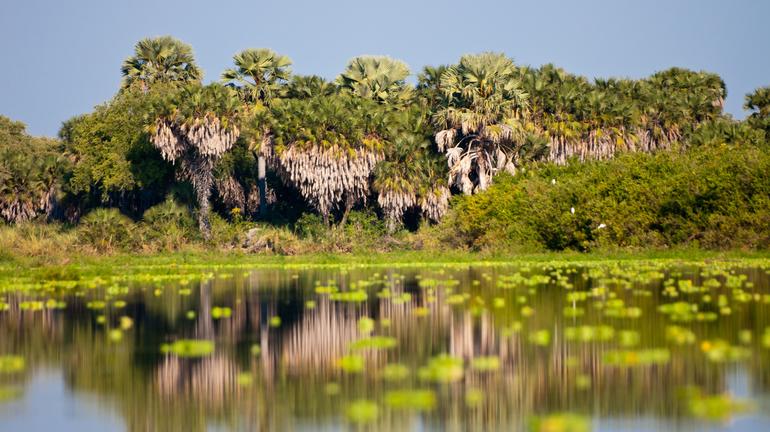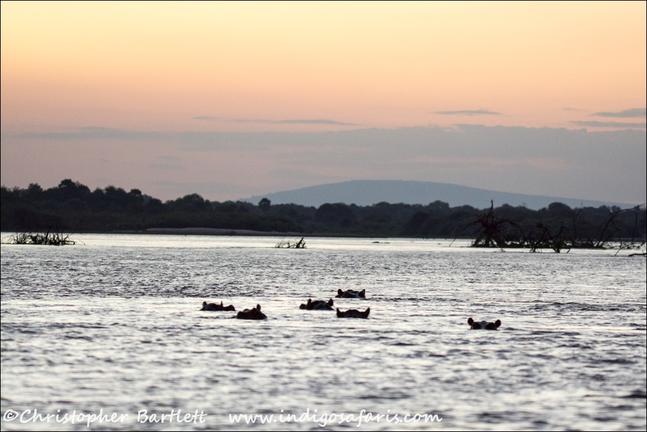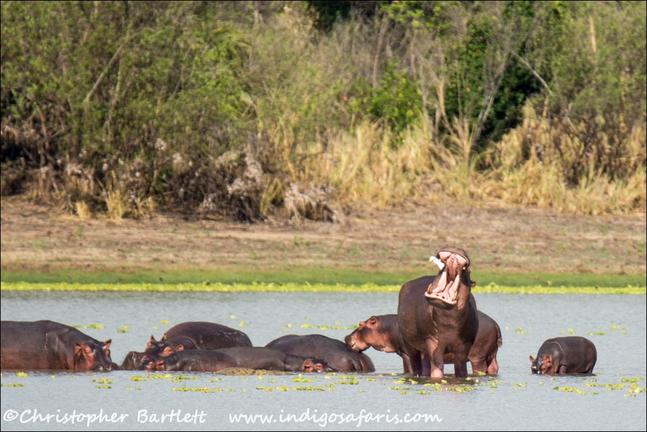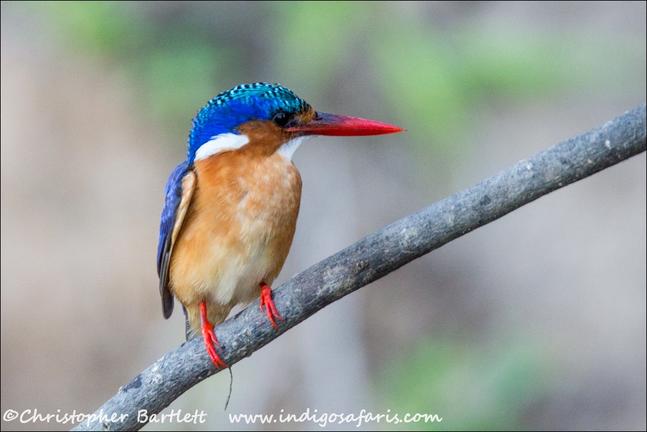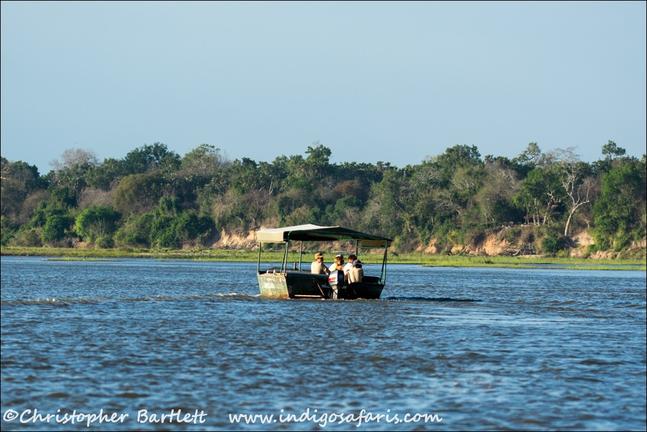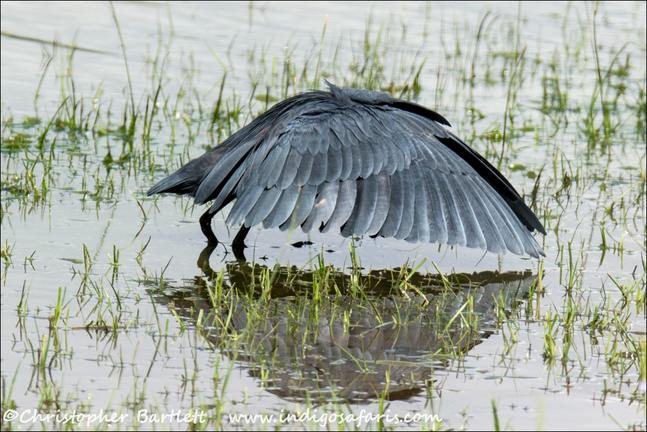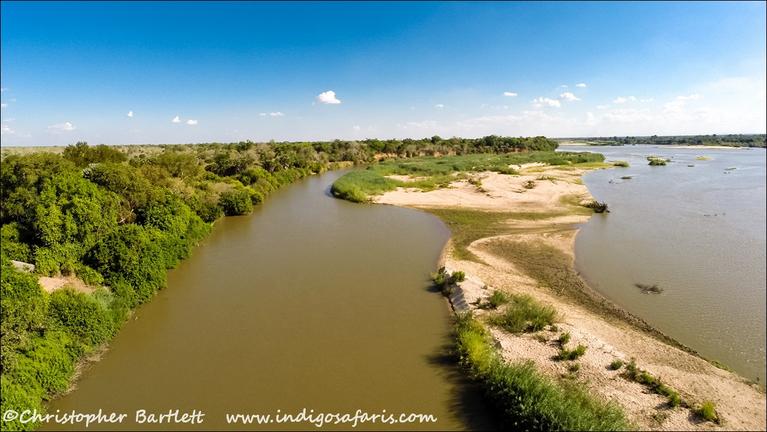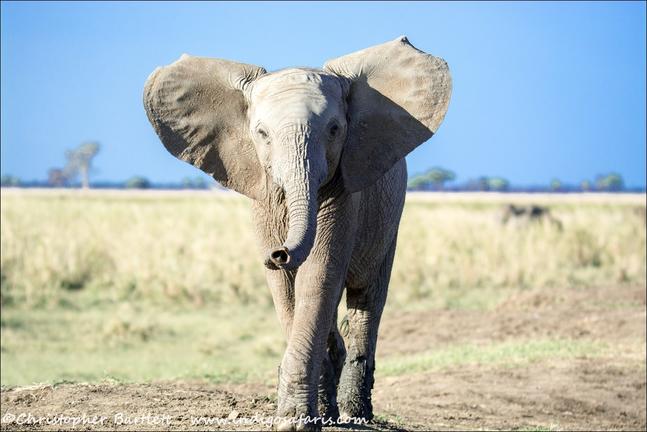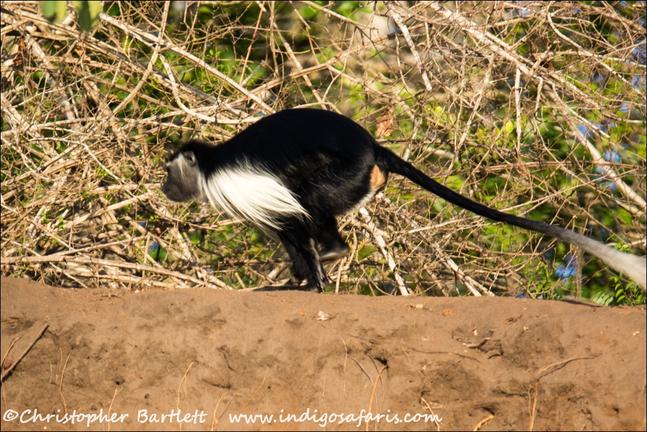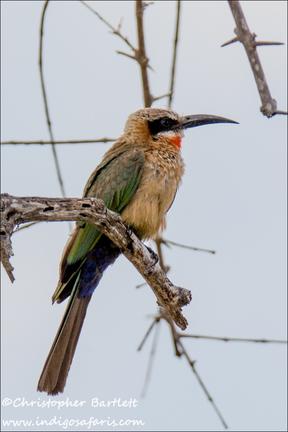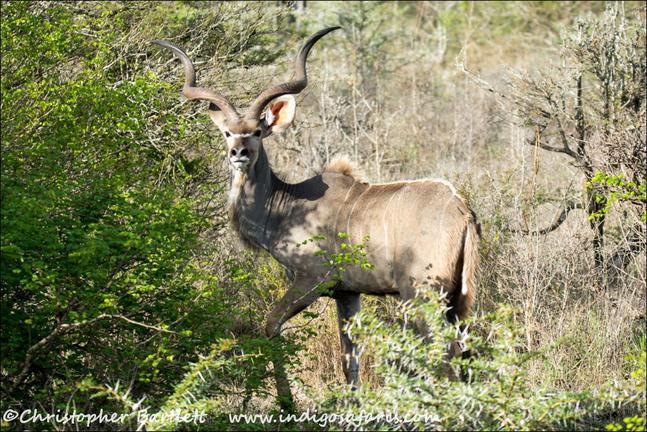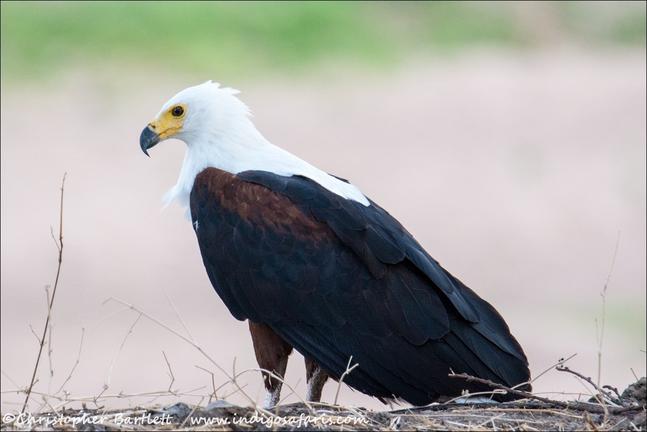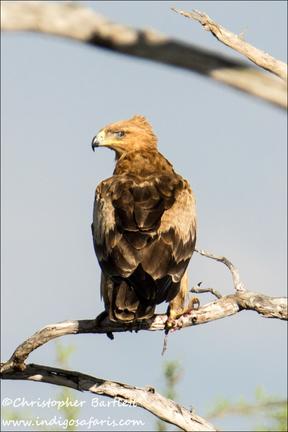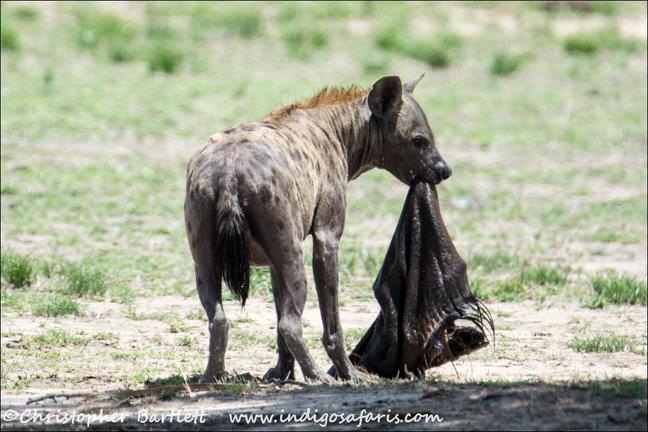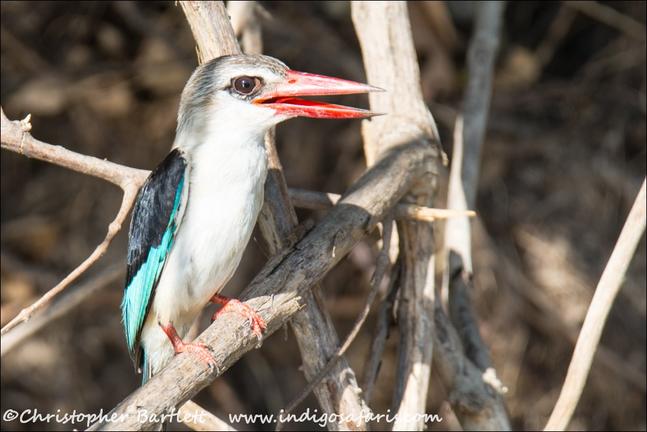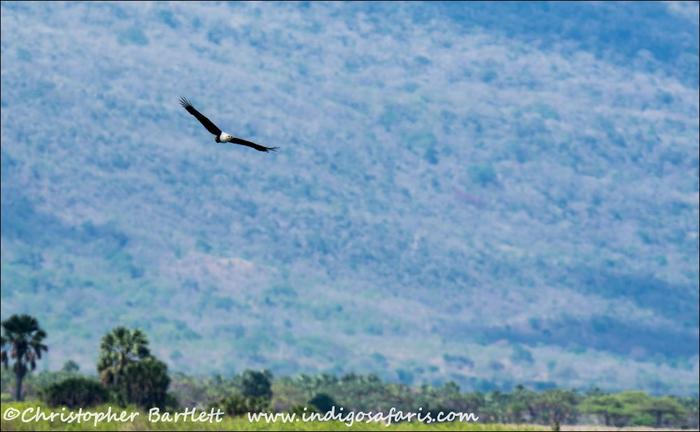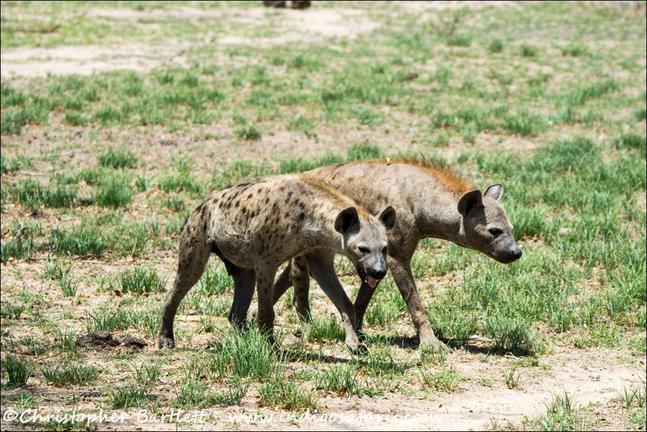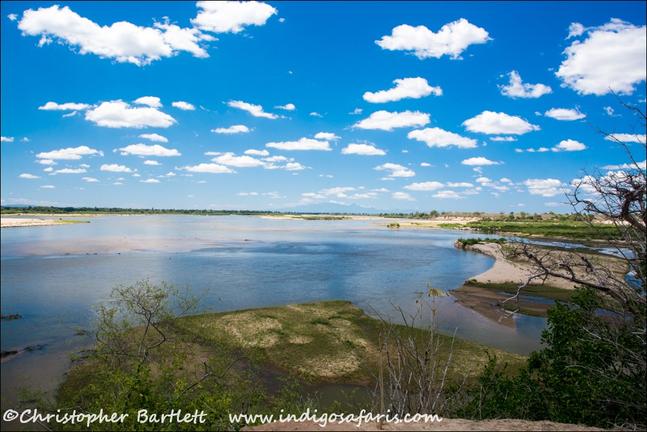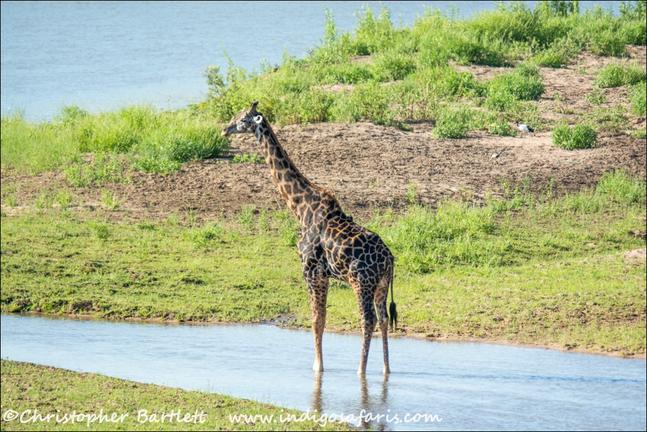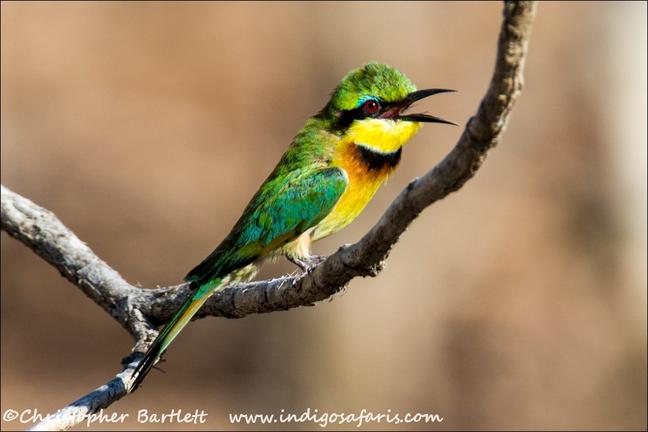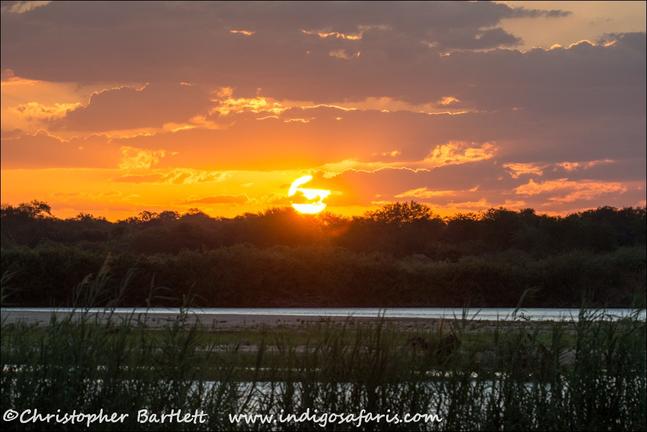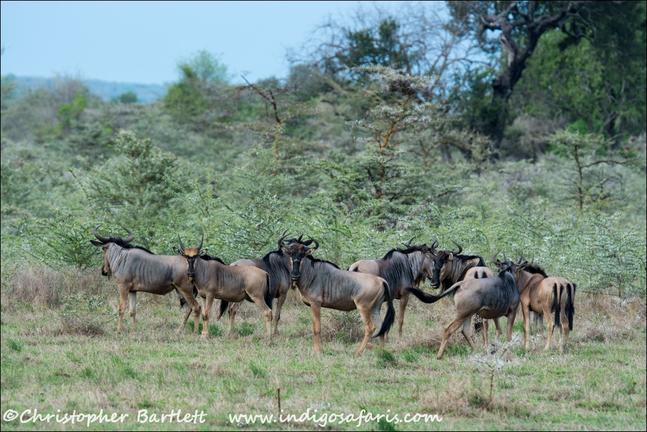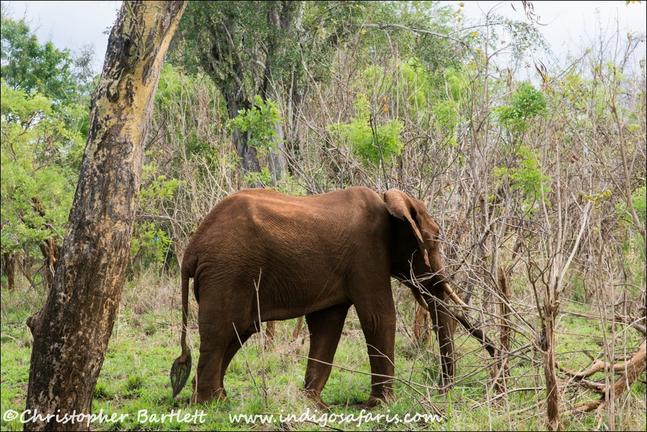The remote and little-visited Selous Game Reserve covers more than 5% of Tanzania’s total area and is the largest of its kind in Africa. At an unbelievable 55,000 sq km it is almost twice the size of Belgium and two and a half larger than the famous Serengeti in the North. The landscape here has remained almost as it was before tourism began and the massive park has only a few accommodation options. The Great Rufiji River and its tributaries are the lifeblood of the reserve, creating a network of forests and woodlands around the lagoons, sandbanks and lakes with tall palm trees adding to the scenic splendour. Boating, walking safaris and fly camping are all available in the Selous.
The Selous Game Reserve is one of the largest remaining wilderness areas in Africa, with relatively undisturbed ecological and biological processes, including a diverse range of wildlife with significant predator/prey relationships. The reserve contains a great diversity of vegetation types, including rocky acacia-clad hills, gallery and ground water forests, swamps and lowland rain forest. The dominant vegetation of the reserve is deciduous Miombo woodlands and constitutes a globally important example of this vegetation type. Because of this fire-climax vegetation, soils are subject to erosion when there are heavy rains. The result is a network of normally dry rivers of sand that become raging torrents during the rains; these sand rivers are one of the most unique features of the Selous landscape. Large parts of the wooded grasslands of the northern Selous are seasonally flooded by the rising water of the Rufiji River, creating a very dynamic ecosystem.
The reserve has a higher density and diversity of species than any other Miombo woodland area: more than 2,100 plants have been recorded and more are thought to exist in the remote forests in the south. Similarly, the property protects an impressive large mammal fauna; it contains globally significant populations of African elephant, black rhinoceros (Diceros bicornis), and an estimated 1,300 of the worlds’ roughly 4,000 remaining rare wild dogs, giving guests an opportunity to glimpse all of these exotic animals in true unspoilt wilderness. It also includes one of the world's largest known populations of hippopotamus (Hippopotamus amphibius) (18,200) and buffalo (Syncerus caffer) (204,015). There are also important populations of ungulates including sable antelope (Hippotragus niger) (7000), Lichtenstein's hartebeest (Alcelaphus lichtensteinii) (52,150), greater kudu (Tragelaphus strepsiceros), eland (Taurotragus oryx) and Nyassa wildebeest (Connochaetes albojubatus) (80,815). In addition, there is also a large number of Nile crocodile (Crocodilus niloticus) and 350 species of birds, including the endemic Udzungwa forest partridge (Xenoperdix udzungwensis) and the rufous winged sunbird (Nectarinia rufipennis). Because of this high density and diversity of species, the Selous Game Reserve is a natural habitat of outstanding importance for in-situ conservation of biological diversity.
